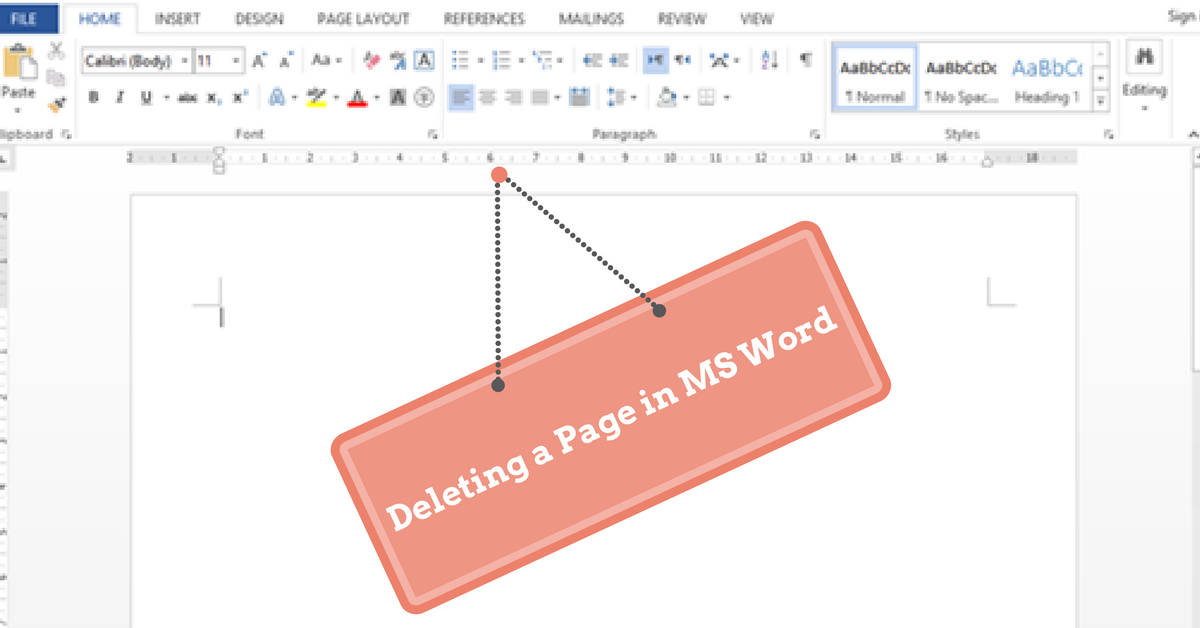
Simple Object Access Protocol (SOAP) and Representational State Transfer (REST) facilitate access to Web services. Most of the times, people have found it hard to choose between the two despite the fact they are virtually the same.
SOAP was developed by Microsoft and has been around for many years, thus showing that it is trusted by many users.
On the other hand, REST is the new kid on the block, seeking to fix the problems that SOAP has and provide other functions that are not available in SOAP. REST has successfully played the disruptive game and seems to have provided a simple way of accessing Web services. Nevertheless, REST still has its problems, so you have to consider the issues that both techniques have before deciding which one to use.
While both SOAP and REST share many similarities over HTTP protocol, it is SOAP that has more rigid messaging patterns. The rules in SOAP help users to achieve the desired level of standardization. REST is naturally flexible and does not require processing. However, both protocols rely on well-defined rules accepted by everyone in the benefit of information exchange. So, let’s discuss in details SOAP vs REST.
SOAP Overview
SOAP entirely relies on XML to offer messaging services. The protocol was originally developed by Microsoft to substitute the older technologies that were poor on the Internet, such as DCOM – Distributed Component Object Model and CORBA – Common Object Request Broker Architecture. These old technologies failed simply because of their exclusive reliance on binary messaging. As it turned out, the XML messaging used by SOAP works wonders over the internet.
After releasing SOAP, Microsoft submitted it to the Internet Engineering Task Force (IETF) to be standardized. SOAP supports expansion, thus contains all types of abbreviations and acronyms such as WS-Policy, WS-Addressing, WS-Security, WS-Federation, WS-Coordination, WS-ReliableMessaging, WS-RemotePortlets, and WS-AtomicTransaction.
Users like SOAP because of its built-in error handling – one of its biggest feature. If your request has a problem, the response contains information you can use to fix the problem. This feature is very important as it gives you feedback that helps you understand why the problem happened in the first place.
Another feature in SOAP is the HTTP transport, which eliminates the use of Simple Mail Transfer Protocol (SMTP) as well as other transports.
REST Overview
REST has a cult following too as some developers find SOAP hard and cumbersome to use. For example, developers who use Java language finds it exhausting to use SOAP because they will require to write loads of code to perform a simple task because they have to create the required XML structure over and over again.
REST provides an alternative to the problems in SOAP. REST relies on a URL in most of the time to make a request instead of XML. In some cases, you must provide extra information but most Web services that employ REST rely entirely on attaining the needed information using a simple URL. However REST can still use up to four different HTTP 1.1 verbs – GET, PUT, POST, and DELETE, to perform tasks.
REST also doesn’t use rely on XLM to provide a response, as it is the case with SOAP. Instead, Web services that use REST in most cases produce feedback in Command Separated Value (CSV), Really Simple Syndication (RSS), and JavaScript Object Notation (JSON). With REST, you can get the response in a form that is quite easy to analyze regardless of eh language of your application.
Choosing between SOAP and REST
So you now know what SOAP and REST are, the logical question now is, what should you go for between the two? Before answering that question, it is important to know that there are Web services that support one and not the other. So, for that reason, the choice of which protocol to use may have already been made for you, unless you built your own Web service. But there are still a few Web services that support both protocols, such as Amazon. To decide which protocol to use depends on your needs and preferences – which Web service suits your needs?
So, SOAP or RES
Let’s see the advantages of SOAP first:
• SOAP is a platform, language, and transport independent, unlike REST, which relies on HTTP.
• Works perfectly in a distributed enterprise environment
• It is standardized
• Built-in error handling
• Offers pre-build extensibility i.e. the WS standards
• Possible automation
On the other hand, REST is known for its ease of use and is loved by many developers. The protocol has advantages that include:
• Easy to interact with Web service without the need for additional tools
• Easy to use
• Efficient as it can use smaller formats of messages
• Fast
• Compatible with most of the Web technologies
Conclusion One of the most common ways of deciding between SOAP vs. REST is to try a few free Webs services. Creating your own Web service can be a daunting task, so it is much better to seek the help of protocols.
RELATED ARTICLES
Latest Articles
 Choosing a Fabric King Size Divan Bed: B…In TipsJuly 3, 2025When it comes to transforming your bedroom into a […]
Choosing a Fabric King Size Divan Bed: B…In TipsJuly 3, 2025When it comes to transforming your bedroom into a […] Gavin Newsom Net Worth: Salary, Blind Tr…In BiographyJuly 3, 2025Gavin Newsom net worth has become a frequent topic of […]
Gavin Newsom Net Worth: Salary, Blind Tr…In BiographyJuly 3, 2025Gavin Newsom net worth has become a frequent topic of […] Jann Mardenborough Net Worth: Income, Ca…In BiographyJuly 2, 2025Imagine turning your passion for video games into a […]
Jann Mardenborough Net Worth: Income, Ca…In BiographyJuly 2, 2025Imagine turning your passion for video games into a […] What SEO challenges come with growing a …In MarketingJuly 1, 2025When used correctly, WooCommerce SEO Services are […]
What SEO challenges come with growing a …In MarketingJuly 1, 2025When used correctly, WooCommerce SEO Services are […] Netflix has canceled a popular series af…In EntertainmentJuly 1, 2025Fans are once again frustrated as Netflix has canceled […]
Netflix has canceled a popular series af…In EntertainmentJuly 1, 2025Fans are once again frustrated as Netflix has canceled […] Neeraj Pepsu Death Reason: Shocking Trut…In BiographyJune 30, 2025The sudden death of Neeraj Pepsu has left fans, […]
Neeraj Pepsu Death Reason: Shocking Trut…In BiographyJune 30, 2025The sudden death of Neeraj Pepsu has left fans, […] Building a Coaching Culture in Your Call…In Education, TipsJune 30, 2025Contact centers that have attempted to build a […]
Building a Coaching Culture in Your Call…In Education, TipsJune 30, 2025Contact centers that have attempted to build a […] Is Dropshipping Worth It? Profit, Risks …In GeneralJune 27, 2025Starting an online business often leads people to ask […]
Is Dropshipping Worth It? Profit, Risks …In GeneralJune 27, 2025Starting an online business often leads people to ask […]
stopie.com is a participant in the Amazon Services LLC Associates Program, an affiliate advertising program designed to provide a means for sites to earn advertising fees by advertising and linking to Amazon.com.
Clicking on an Amazon link from stopie.com does not increase the cost of any item you purchase.
We will only ever link to Amazon products that we think our visitors may be interested in and appreciate learning more about.



